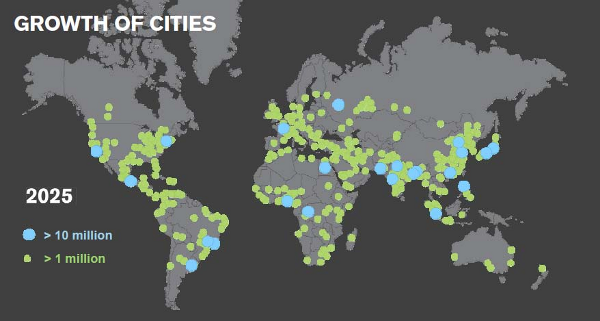

At the same time, this gap is also starting to be filled by new companies utilizing advanced technologies to cover low density areas. At the same time, population densities also often see network coverage providers focus on denser areas since it is easier to recuperate costs. Using data from the Communications Workers of America (CWA), they show that upload speeds are dependent on 335 + people per square mile, and download speed equals 4.7x the upload speed. Or at least that's what experts from the engineering consulting firm NetForecast believe. Some believe that there is a direct mathematical impact of population density on internet coverage.

This shift is likely to increase the overall cost a customer has to bear for ordering food online since restaurant commission fees and driver costs grow over time.Īnother industry that also sees an impact from population density is broadband internet. It shares that with the passage of time, food delivery companies are expanding their operational footprint to now target regions with lower population densities.

It also has some interesting data about the impact that population density has on the efficiency of food delivery. Research from the consulting firm McKinsey shows that the food delivery market is currently worth a massive $150 billion. One industry that has grown rapidly over these past few years, particularly in the aftermath of the coronavirus pandemic is food delivery. the number of people that live in a unit of area, also has benefits for a variety of industries. This urbanization, and the corresponding growth in population density i.e. Europe, North America, and Latin America are some of the most urbanized regions in the world - with Asia, the world's largest continent, being relatively less urbanized. Data from the United Nations shows that as compared to 30% of the world's population that lived in cities in 1950, this percentage grew to 55% in 2018 and is further estimated to sit at 68% by the end of 2050. The growth in urbanization often leads to more people moving to cities in search of better job prospects and standards of living. At the same time, if the population remains unskilled, then instead of being productive, they can end up being a drain on societal resources.Īdditionally, population growth is often uneven. A large population leaves more people available for productive labor, enabling greater output. The link between population growth and economic output is quite well known. For more cities, head on over to 10 Most Densely Populated Cities in the World. In this piece, we will take a look at the fifty most densely populated cities in the world.


 0 kommentar(er)
0 kommentar(er)
